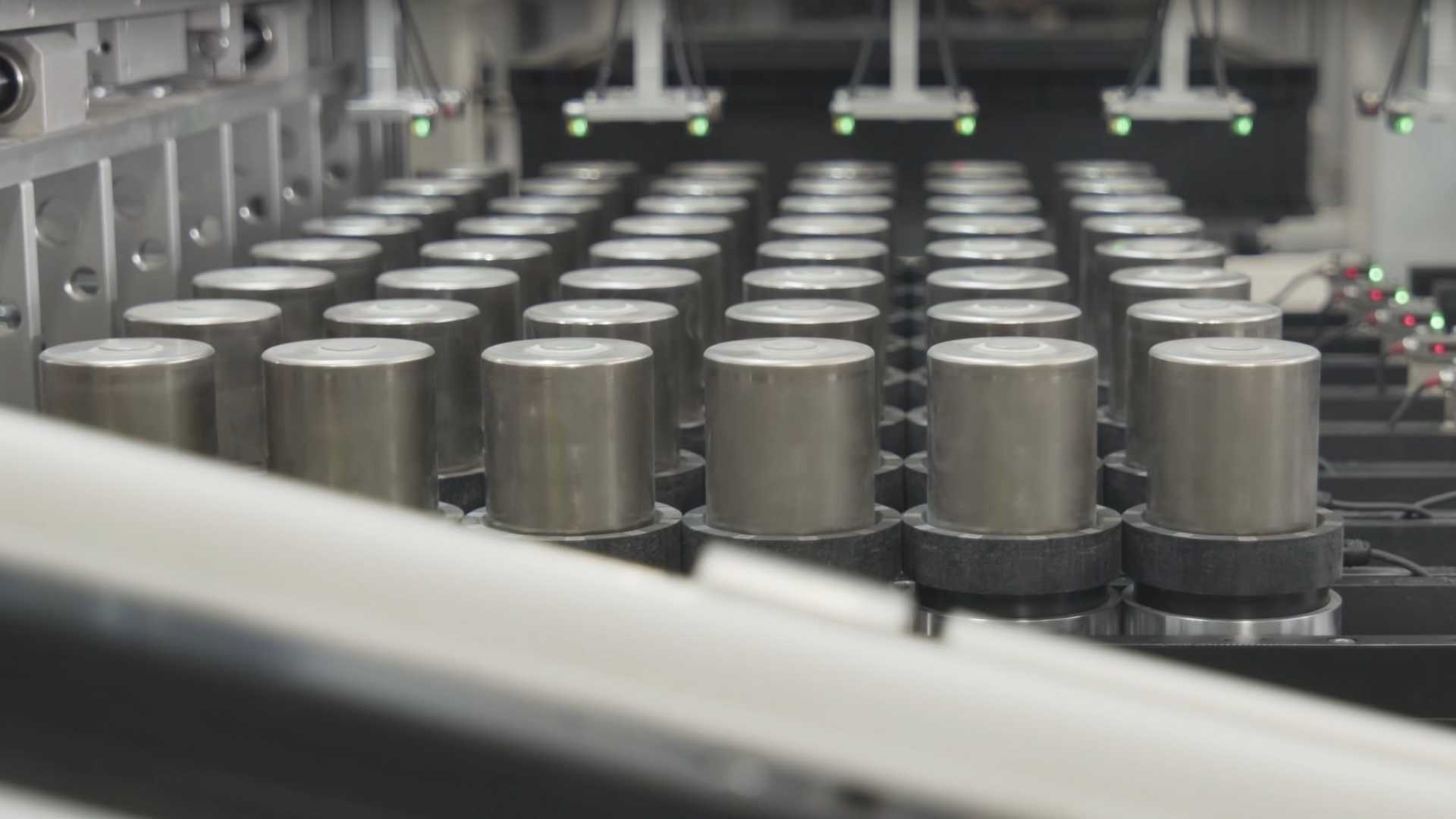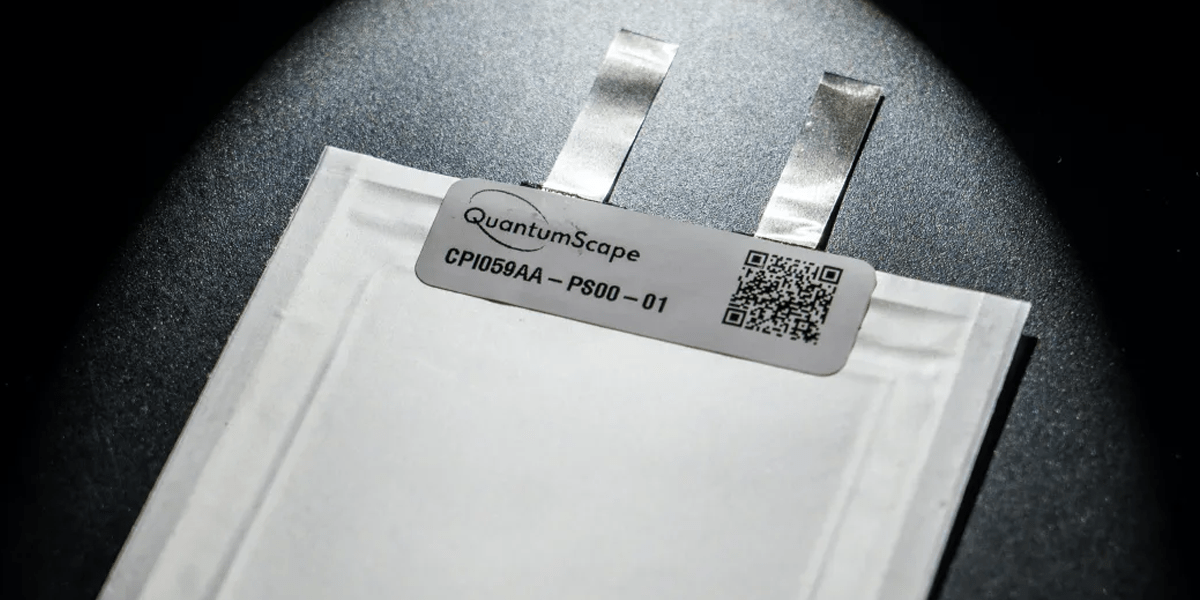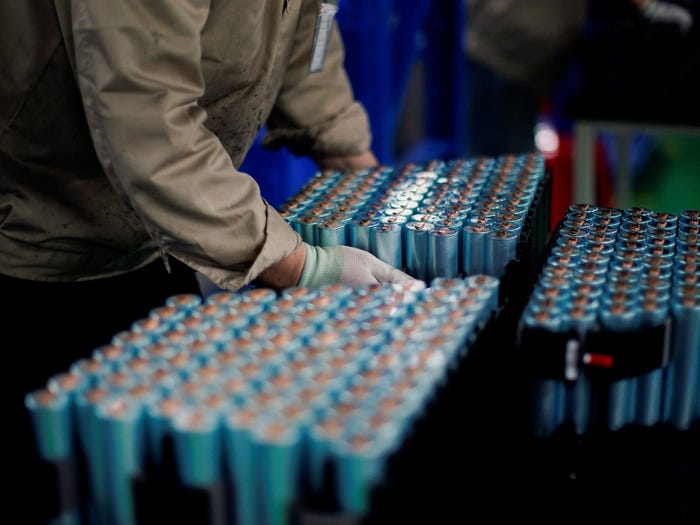Lithium-ion batteries, known to degrade over time due to various factors, including cracking among cathode particles, may have a surprising advantage. While intergranular cracking or intergranular fracture within battery cathodes can cause corrosion and mechanical degradation, a new study from the University of Michigan suggests that cracking can actually lead to faster charging speeds.
The cathode, which serves as the positive electrode in a battery, consists of numerous microscopic particles with varying battery chemistries like lithium nickel manganese cobalt oxide (NCM) or lithium nickel cobalt aluminum oxide (NCA).
See also: Tesla-Funded Researchers Discover Surprising Reason Behind Lithium-Ion Battery Self-Discharge
Cracks among these particles were traditionally seen as detrimental to battery performance, causing range loss. However, the U Michigan researchers found that they can positively impact the charging properties of individual cathode particles.
Charging speed in a cathode depends on the surface-area-to-volume ratio of its particles. Smaller particles, in theory, should charge faster than larger ones. Yet, conventional methods could only calculate the properties of all cathode particles as an average, rather than assessing individual particles.
To overcome this limitation, the U Michigan material sciences experts devised an innovative technique. They utilized a neuroscience device designed to study electrical signals transmitted by individual brain cells. This purpose-built chip, measuring two-by-two centimeters and only 100 nanometers thick, featured 62 square microelectrodes.
See also: Pusan National University Researchers Develop Efficient Sodium-Ion Battery Anode for Energy Storage
The researchers scattered a small quantity of NMC532 particles onto the chip and manually placed them on working electrodes using a tungsten needle with a one-micron-wide tip, approximately 70 times thinner than an average human hair strand. The results were surprising: charging speeds were not dependent on cathode particle size, as larger particles behaved similarly to a collection of smaller ones upon cracking.







